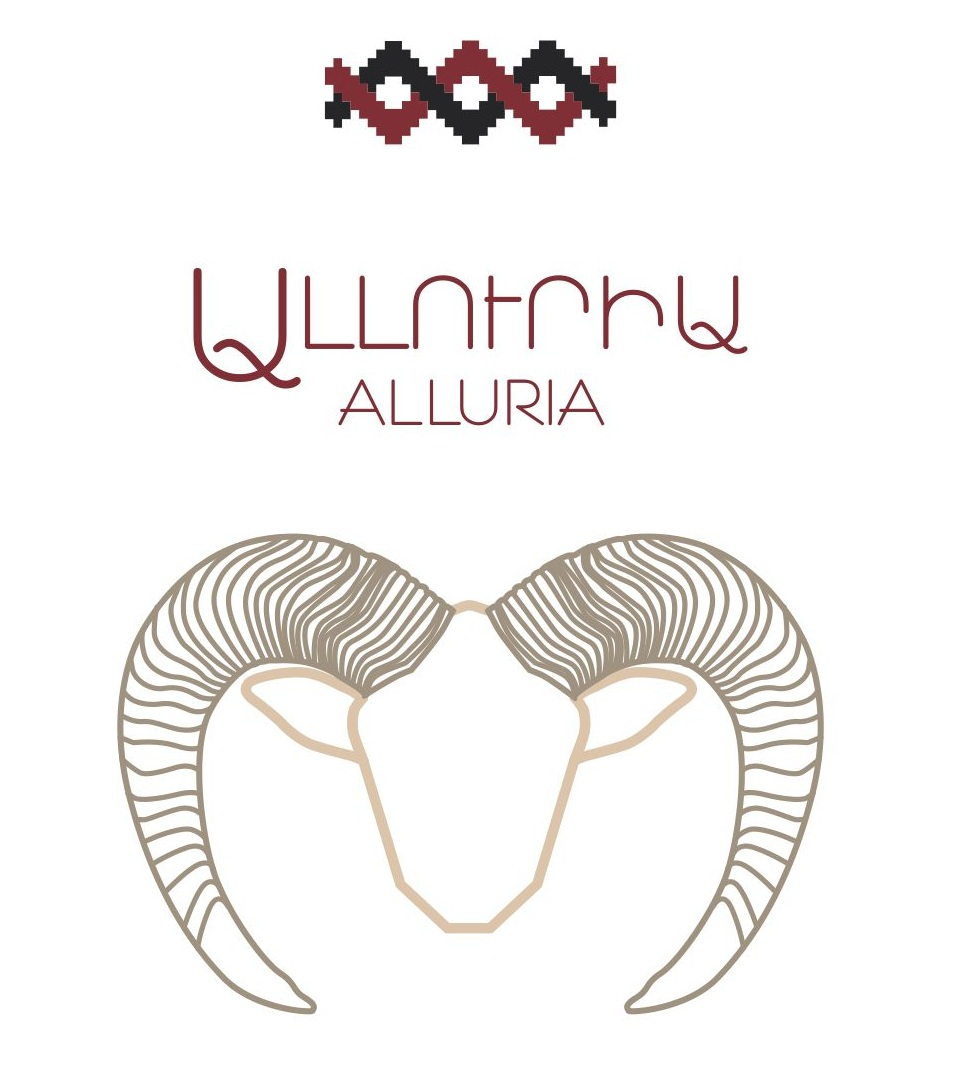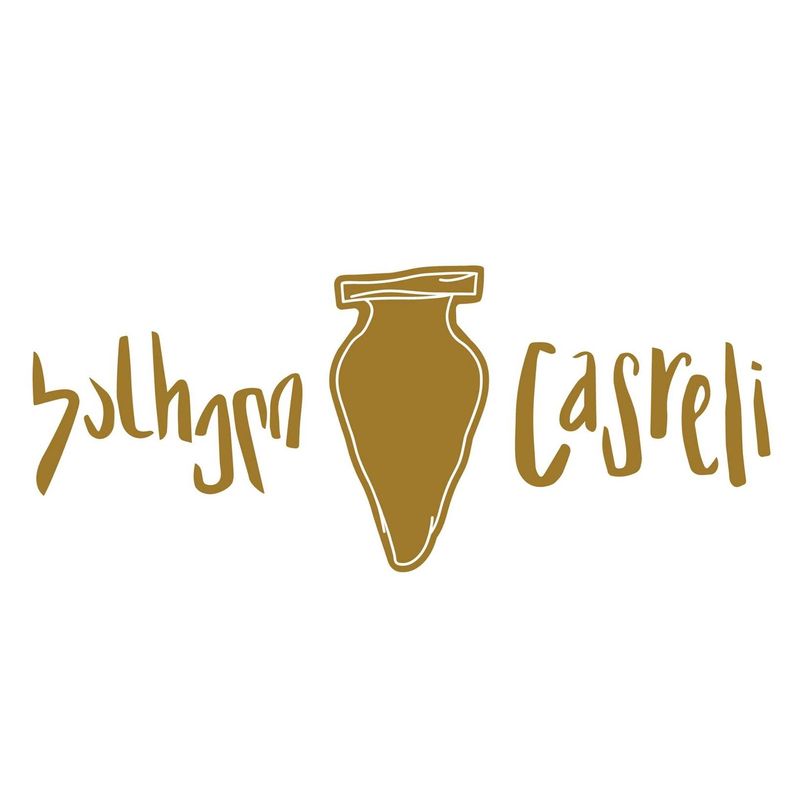Just like coffee, you really have to learn to drink wine. Not everyone immediately enjoys taking the very first sip of wine. That is not surprising at all. Before you really learn to drink and appreciate wine, you will have to taste wine at several times. This way you get to know the different types of wine such as white, rosé and red, and corresponding flavors. This way you will find out which wine you like or dislike. Depending on your preference, you can get to know this wine type better first. Curious how you learn to drink wine? In this blog we tell you everything you need to know!
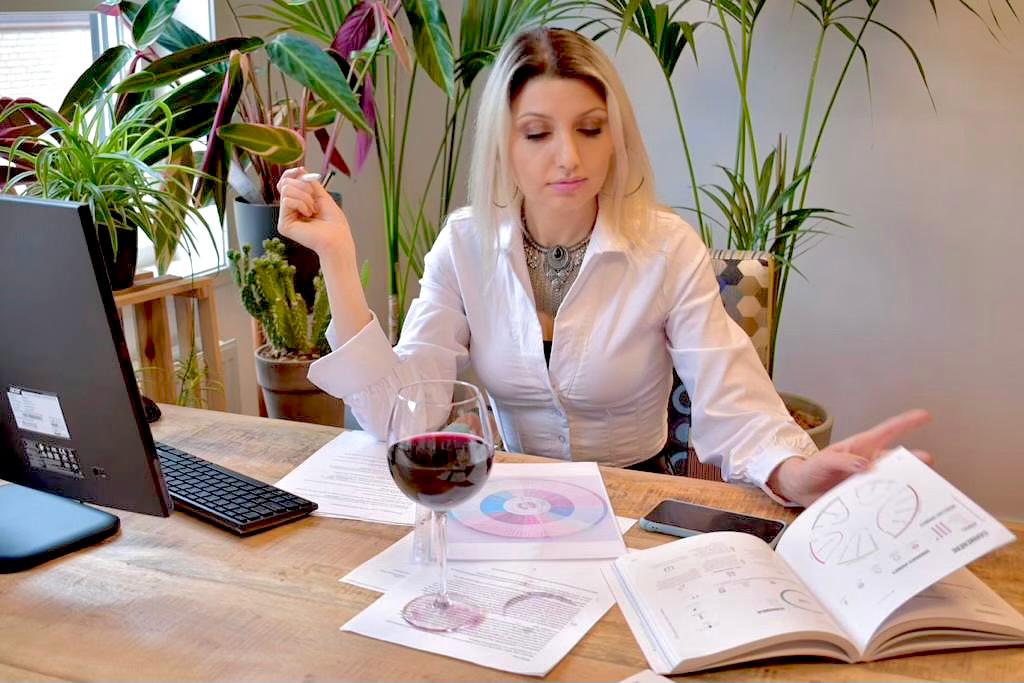
Start with an accessible type of wine
Every wine drinker has a personal taste and preference in terms of wine. So there is not one wine with which every novice wine drinker starts. We recommend starting with an accessible wine. By an accessible wine we mean a wine with few tannins. The tannins in a wine determine how easy or difficult it is to drink a particular wine. The more tannins, the higher the entry level. Tannins are often described as bitter and dry on the palate. Since this is an unfamiliar taste to a novice drinker, we recommend choosing a wine with a low tannin content.
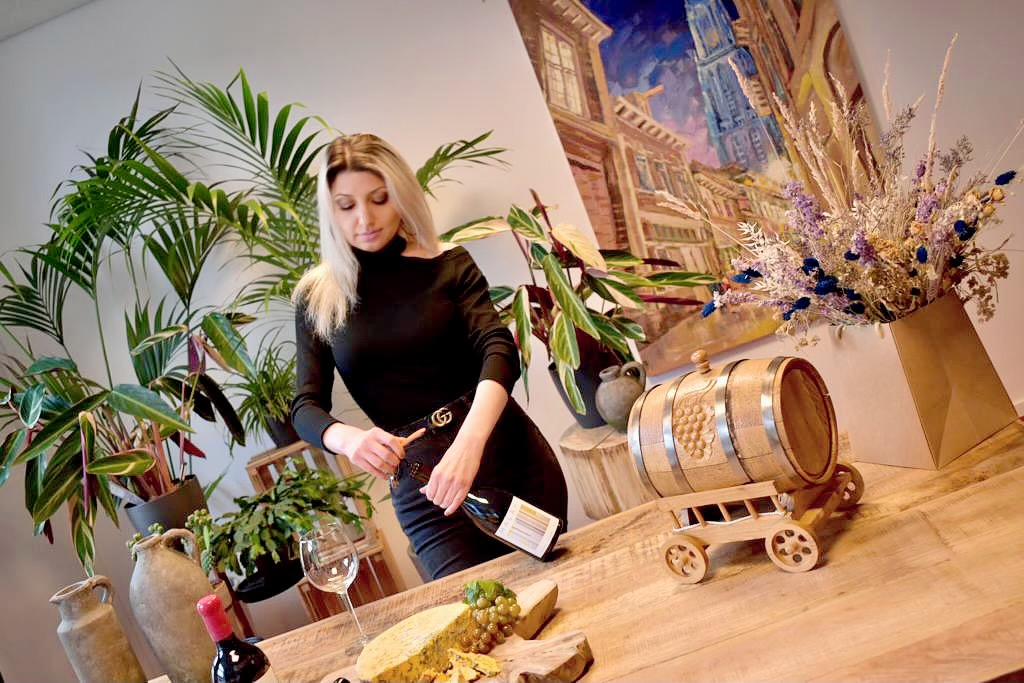
The quality of the wine matters
If you are new to drinking wine, we understand that you don’t want to pay the top prize for a bottle of wine right away. What if you don’t like it? That is wasted money. Yet there is a price difference between the various wines for a reason. A bottle of € 2.50 has a different quality than a bottle of € 10. You can certainly taste this. It would be a shame to remember the taste of a less quality wine and only base your opinion on that. So dare to take that step and rather go for a wine in a higher price range. This assures you of refined and pleasant flavors.
Try wine-food combinations
Wine can also complement food perfectly. By making the right combinations between dishes and wine, you can taste that they can complement each other perfectly. For example, white wine goes well with light dishes such as poultry, fish or a fresh salad. Rosé wine, on the other hand, goes well with exotic dishes, tapenades, but also with light dishes such as seafood. Red wine is usually drunk a lot in combination with a nice piece of meat. To allow your brain to make a positive association with the wine flavors, we recommend supplementing your favorite dish with wine. This is a simple first step you can take to expand your palette of flavors and get used to a wine variety.
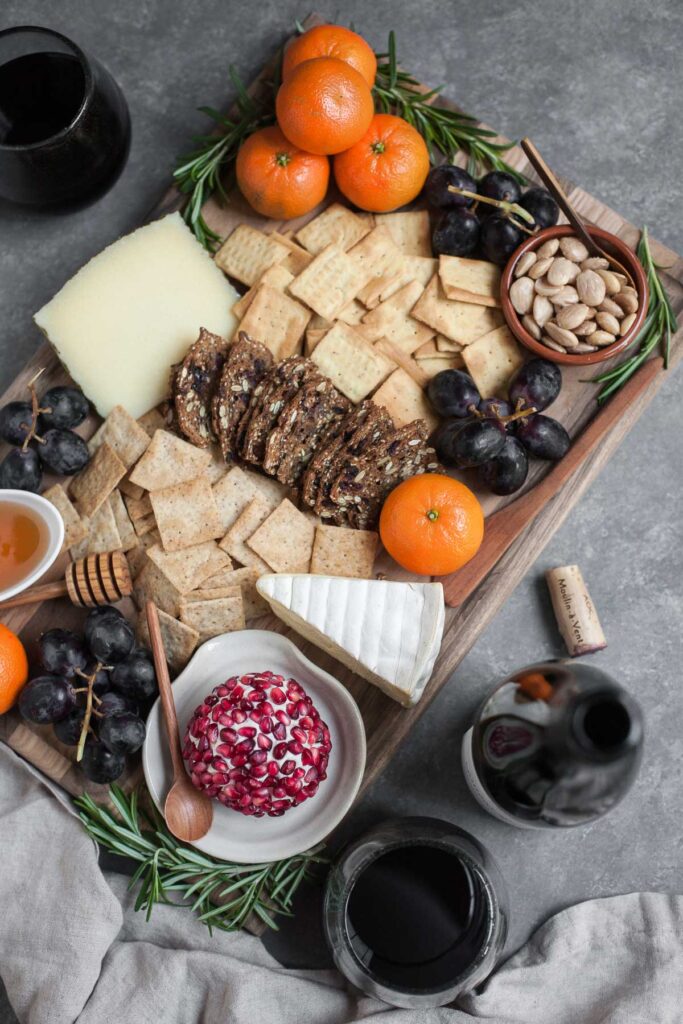
It remains a matter of taste
Whatever wine you start with, it remains a matter of personal taste. But by experimenting with different wines, you find out with every sip where your preferences lie and what you like or don’t like. Over time, flavors can also change. The wine you didn’t like at all can suddenly become your new favorite! And with so many types of wine, you can continue to discover endlessly …










